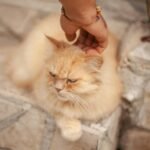Cats are fascinating creatures known for their agility, grace, and seemingly magical ability to always land on their feet. This remarkable skill has intrigued pet owners, animal lovers, and scientists for decades. But what is the science behind this feline phenomenon? This article delves into the mechanics, biology, and physics that enable cats to consistently land on their feet, a process known as the ‘righting reflex.’
The Historical Perspective

The mystery of the cat’s ability to land on its feet has piqued the interest of naturalists and scientists since the 19th century. Early observations led to numerous studies and debates about whether this skill was innate or learned. While we now know that it’s an instinctual reflex, understanding its mechanics has required advances in photography and physics.
Understanding the Righting Reflex
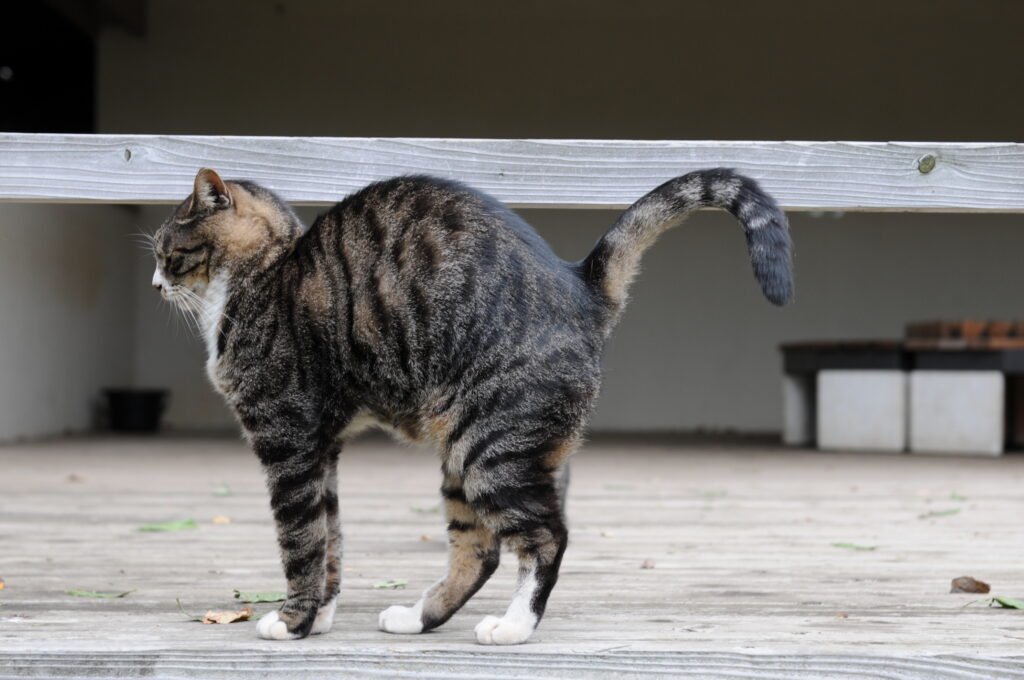
The righting reflex is the innate ability of cats to reorient their bodies during a fall to land on their feet. This reflex allows cats to flip themselves over mid-air in a fraction of a second. The process begins the moment a cat senses a fall, prompting a rapid sequence of movements to correct their orientation.
The Physics Behind the Fall
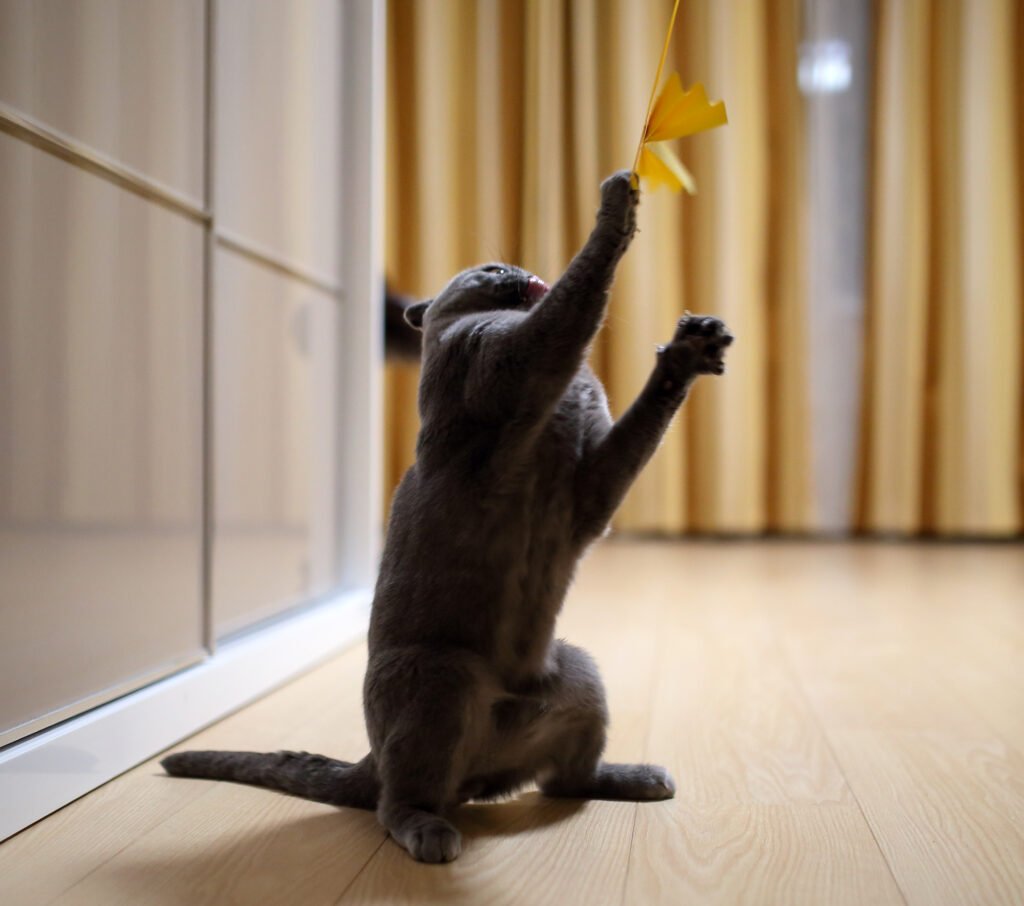
The righting reflex relies heavily on physics principles, particularly the conservation of angular momentum. When a cat falls, it first twists its head in the desired direction. Subsequently, its front legs follow, and then its hind legs, allow the cat to rotate its body in mid-air. This complex maneuver doesn’t violate physical laws and is a beautiful demonstration of agility and balance.
The Role of the Cat’s Skeleton and Muscles
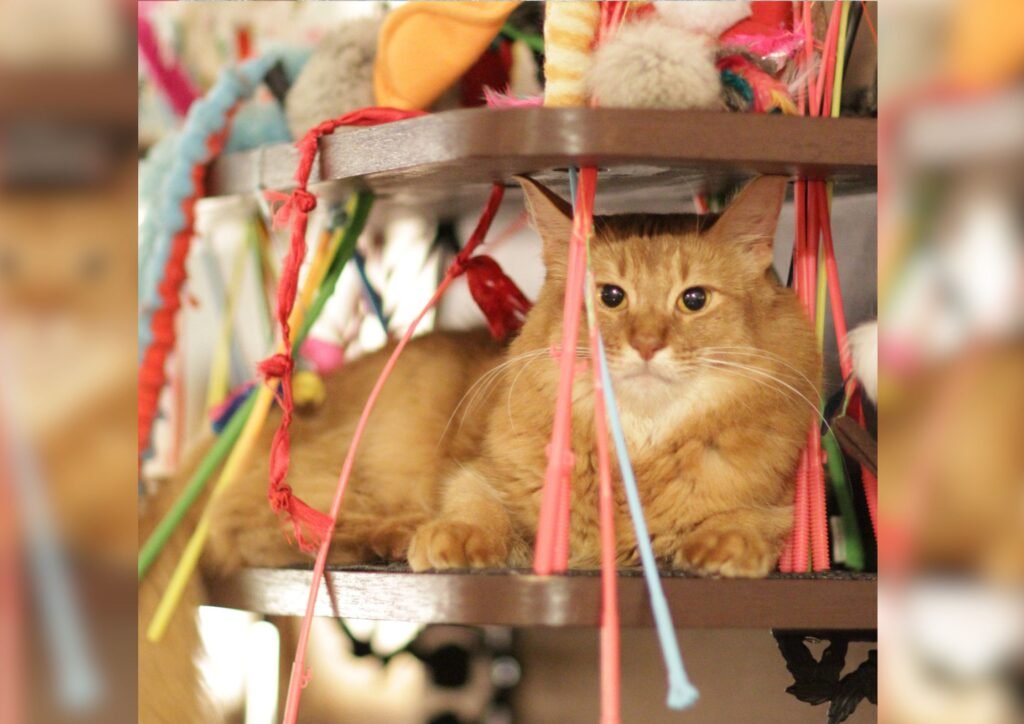
Cats possess an extraordinarily flexible spine, composed of 30 vertebrae, which is crucial for the righting reflex. This flexibility, combined with powerful and precisely controlled muscles, allows cats to make the rapid and fine adjustments needed to turn while falling. Additionally, the lack of a collarbone enables a greater range of motion in their front legs.
Vestibular System: The Inner Balance Manager

A cat’s vestibular system, located in the inner ear, plays a pivotal role in balance and spatial orientation. This system detects changes in position and motion, sending critical signals to the brain during a fall. These signals are what trigger the righting reflex, allowing the cat to adjust its body alignment quickly.
How Height Affects the Righting Reflex
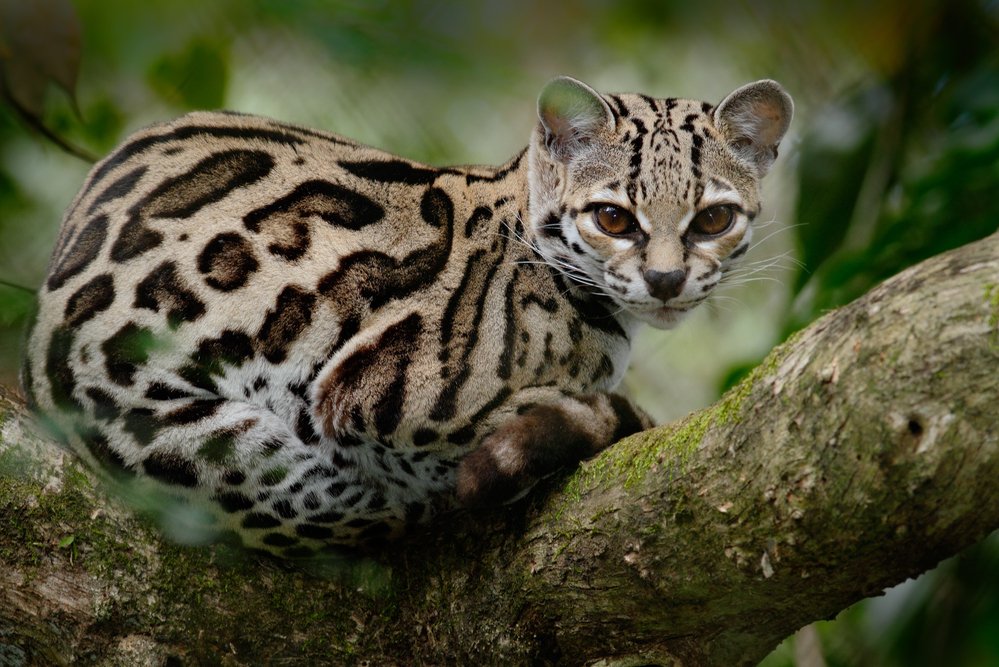
Interestingly, the righting reflex showcases optimal performance when a cat has adequate time during the fall. Falls from short distances may not allow sufficient time for complete rotation, while falls from greater heights provide more time for the reflex to fully engage. This phenomenon highlights the importance of distance and timing for successful maneuvering.
The Importance of Flexibility and Agility
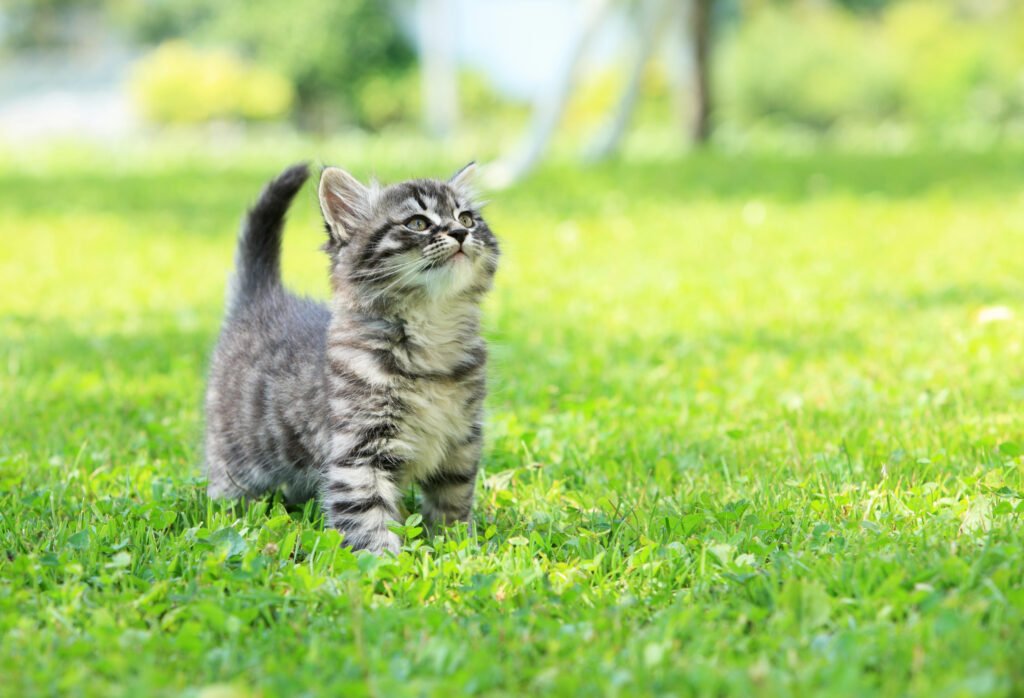
Aside from having a flexible spine, a cat’s ability to land on its feet is also a product of its overall agility. Cats are inherently agile predators, built for complex movements and bursts of speed. This agility supports the intricate actions needed for the righting reflex, allowing precise mid-air orientations.
Comparisons with Other Animals
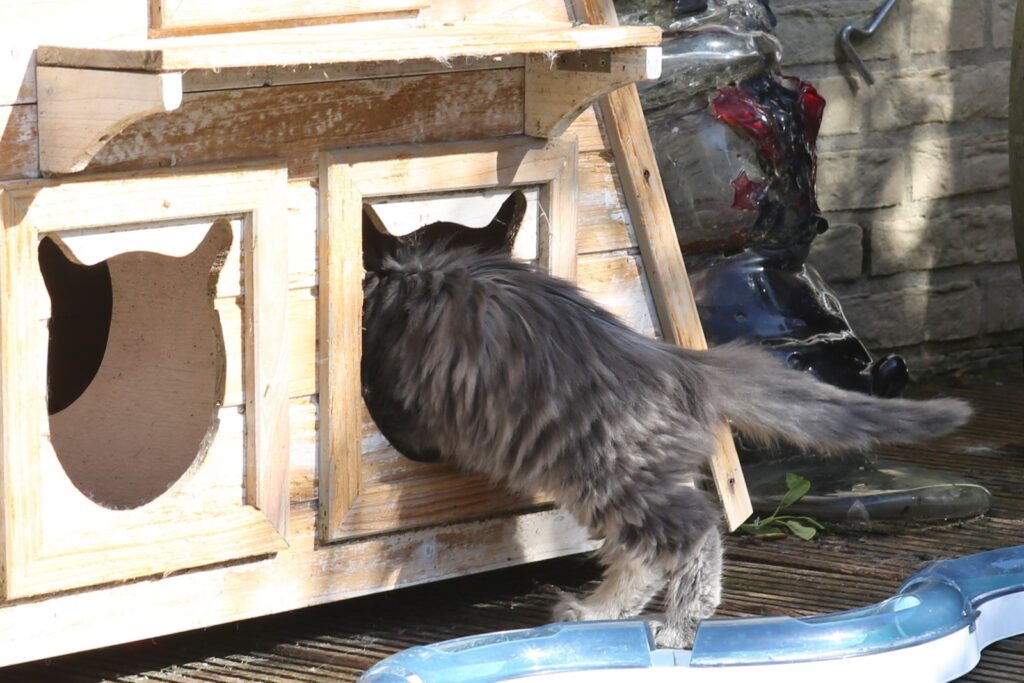
While cats are the most well-known animals for their righting reflex, they’re not the only ones with impressive aerial adjustments. Some other small mammals, like squirrels and some primates, also display similar traits, though not as effectively refined. Studying these comparisons further highlights the cat’s exceptional adaptations for survival.
Conclusion: Nature’s Perfect Acrobats

In conclusion, the phenomenon of cats landing on their feet is a spectacular intersection of biology, physics, and evolution. Through the righting reflex, cats demonstrate their unparalleled coordination, balance, and agility. This innate ability is more than just a charming quirk; it’s a sophisticated evolutionary adaptation that has fascinated scientists and animal enthusiasts alike.



